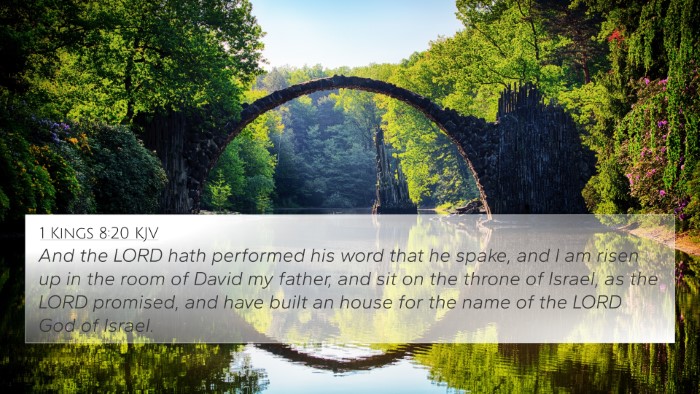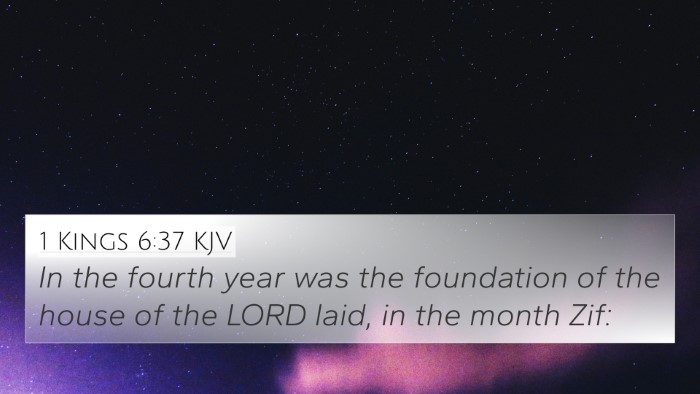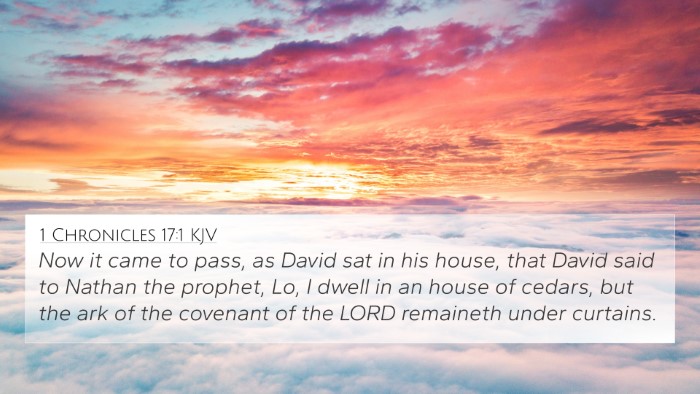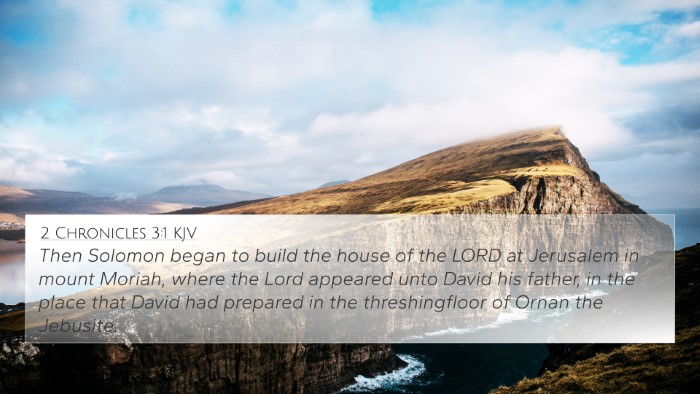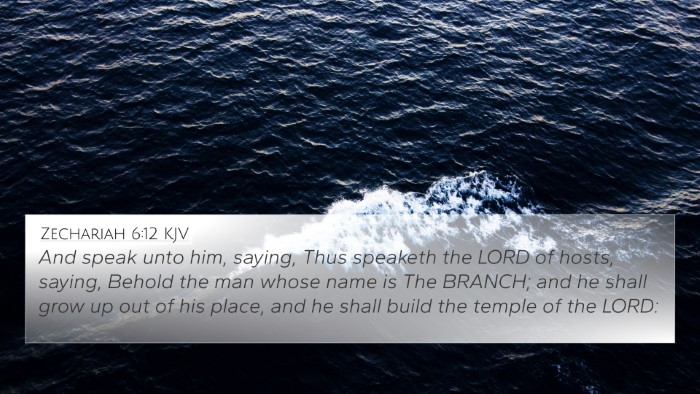Understanding Acts 7:47
Acts 7:47 states: "But Solomon built him a house." This verse points directly to the significant transition within Israel's worship practices—in particular, the shift from the tabernacle to the temple.
Summary of Insights from Public Domain Commentaries
This summary weaves together insights from several public domain commentaries, including those by Matthew Henry, Albert Barnes, and Adam Clarke to elucidate the meaning and implications of Acts 7:47.
- Matthew Henry: Henry emphasizes the importance of Solomon's temple in the context of Israel's history, noting that it was a culmination of God's promises and was built after a divine directive. This reflects God's desire to dwell among His people.
- Albert Barnes: Barnes highlights the significance of the temple as a place of divine worship and a central location for Israel's religious life. He notes that Solomon's construction of the temple was indicative of the establishment of a permanent place for sacrifices and offerings.
- Adam Clarke: Clarke provides a historical perspective, suggesting that while the tabernacle represented God's mobility with His people, the temple signifies a settled presence of God. He further details the architectural and spiritual dimensions of the temple, seeing it as the fulfillment of God's promises to David and a means of uniting the people in worship.
Connections to Other Bible Verses
Acts 7:47 can be understood better by referencing other significant scriptures which relate to the themes found in this verse. Here are some relevant Bible cross-references:
- 2 Samuel 7:12-14: God's promise to David about establishing a house for him and his offspring.
- 1 Kings 6:1: The beginning of the construction of the temple in the fourth year of Solomon's reign.
- 1 Chronicles 28:2-3: David's intentions to build a house for God and God's prohibition against this.
- Exodus 25:8-9: God's instructions to build a sanctuary so He might dwell among His people.
- Isaiah 66:1: God's declaration that heaven and the highest heaven cannot contain Him, drawing attention to the limits of physical temples.
- John 2:19-21: Jesus speaking of the temple of His body, suggesting a new understanding of God’s presence.
- Hebrews 8:1-2: A commentary on Christ as a minister in the true sanctuary, emphasizing the shifting paradigm of worship.
Thematic Connections
Acts 7:47 offers an illustrative example of the connections between various passages found in both the Old and New Testament, enabling a deeper understanding of scriptural themes:
- Divine Presence: This theme is evident in Exodus and Solomon's temple, where God is emphasized as desiring a dwelling among His people.
- Worship Practices: The transition from the tabernacle to the temple signifies a more structured system of worship that parallels later Christian practices.
- Covenant Fulfillment: Solomon's actions reflect God's faithfulness to His covenant with Israel, setting the stage for messianic fulfillment in the New Testament.
Intersecting Teachings
The teachings derived from Acts 7:47 demonstrate an inter-Biblical dialogue. As Christian believers, understanding this framework of worship helps clarify the evolution from the Old Covenant practices to the New Covenant established through Jesus. Insights about worship, divine presence, and covenant faithfulness create a foundation for deeper theological exploration.
Utilizing Bible Cross Referencing Tools
For those studying Acts 7:47 and seeking to explore related scriptures, utilizing tools for Bible cross-referencing can enhance your understanding:
- Consult a Bible concordance for thematic links between passages.
- Use a Bible cross-reference guide when studying specific verses to uncover connections.
- Engage in cross-reference Bible study methods to see how themes interconnect.
Conclusion
Acts 7:47 serves as a pivotal verse illustrating the significance of God's presence among His people through the establishment of the temple. This understanding opens the door to comprehensive Bible verse analysis through the exploration of connections across the scriptures. By examining these thematic links and utilizing Bible reference resources, believers can deepen their understanding of the narrative of God’s faithfulness and the evolution of worship practices throughout history.



